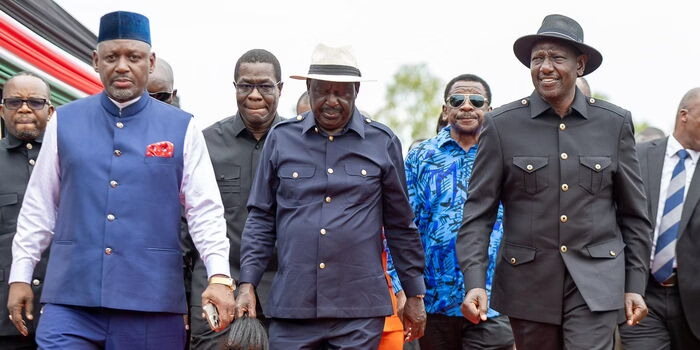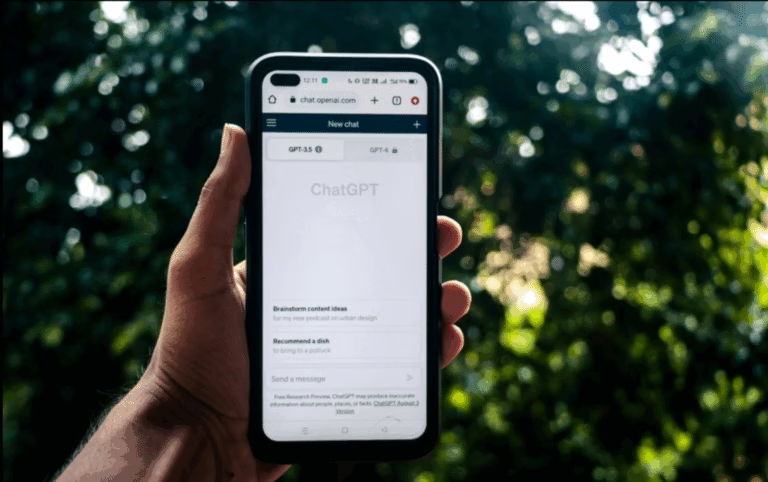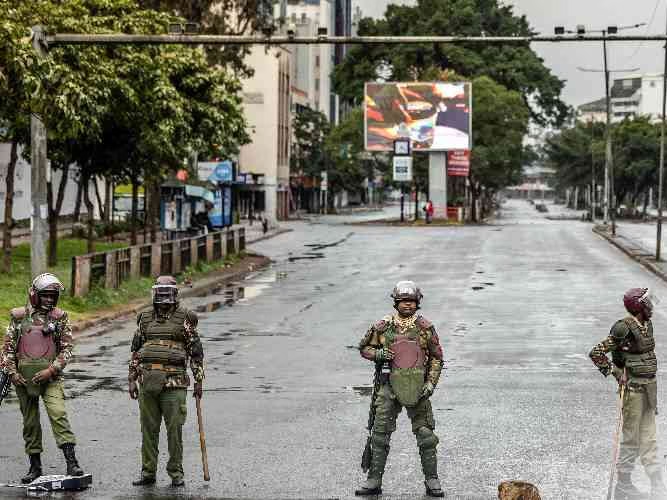
The Orange Democratic Movement (ODM) has initiated a formal review of its cooperation agreement with President William Ruto’s United Democratic Alliance (UDA), following a wave of discontent within the party over what many describe as a lack of progress in implementing the deal.
During a high-level National Executive Council (NEC) retreat held in Nakuru, ODM party leader Raila Odinga sanctioned the creation of a task force to audit the status of the 10-point agreement signed between the two political formations in March 2025. The move reflects growing frustrations among ODM’s rank and file, with increasing calls for the party to reclaim its identity as a vocal opposition force amid rising economic hardship and perceived government inaction.
The agreement, hailed at the time as a rare show of unity, had promised to address key national concerns, including the full implementation of the National Dialogue Committee (NADCO) report, reconstitution of the Independent Electoral and Boundaries Commission (IEBC), enforcement of the two-thirds gender rule, and the creation of the Office of the Official Opposition and a Prime Minister’s post.
It also included commitments to audit the 2022 general election and uphold civil liberties. However, many of these commitments remain largely unfulfilled months after the signing, prompting renewed scrutiny from within ODM and among the general public. The newly formed task force is expected to present a report detailing which promises have been met, what remains pending, and how the party should proceed.
Secretary-General Edwin Sifuna confirmed the development and emphasized that the party owed it to Kenyans to be transparent about the gains and failures of the political deal. He also warned party members who have openly supported President Ruto’s 2027 re-election bid to make a choice between ODM and UDA, stating that the party would not tolerate “double loyalty” at such a critical time.
His remarks come amid growing unease about the presence of ODM officials in Ruto’s cabinet, which many view as compromising the party’s ability to hold the government accountable. Figures such as Treasury CS Prof. Njuguna Ndung’u and Mining CS Salim Mvurya have continued to serve in high-level government positions, despite rising tensions within the ODM grassroots.
Internally, the party appears increasingly split, with senior leaders offering conflicting messages about the future of the ODM-UDA cooperation. While Raila Odinga has maintained a cautiously neutral tone, saying the review does not necessarily signal a break with the government, other senior figures, including Kisumu Governor Anyang’ Nyong’o, have argued strongly for the party to disengage from the deal. The rift has also exposed a deeper ideological struggle within ODM about its identity and strategic direction heading into the 2027 general election. Pressure is mounting on the party leader to clarify his own intentions about contesting again or paving the way for a new candidate.
Among the public, reactions have been mixed. While some have welcomed the initial cooperation as a step toward unity and national healing, many others feel betrayed by what they view as ODM’s silence on key issues such as the cost of living, police brutality, and unemployment. Civil society groups have also expressed concern that ODM’s presence in government has dulled its once-powerful watchdog role. Editorials in leading publications have been equally critical, warning that the party risks losing credibility by continuing to straddle both sides of the political divide.
The coming weeks will be pivotal for ODM. The task force’s findings could determine whether the party continues its current course or breaks away entirely from the Ruto administration. Either path will come with significant political consequences. As ODM recalibrates its strategy and message, all eyes remain fixed on Raila Odinga and his next move, one that could either unite the party or deepen the existing divisions at a time when Kenya’s political future hangs in the balance.


